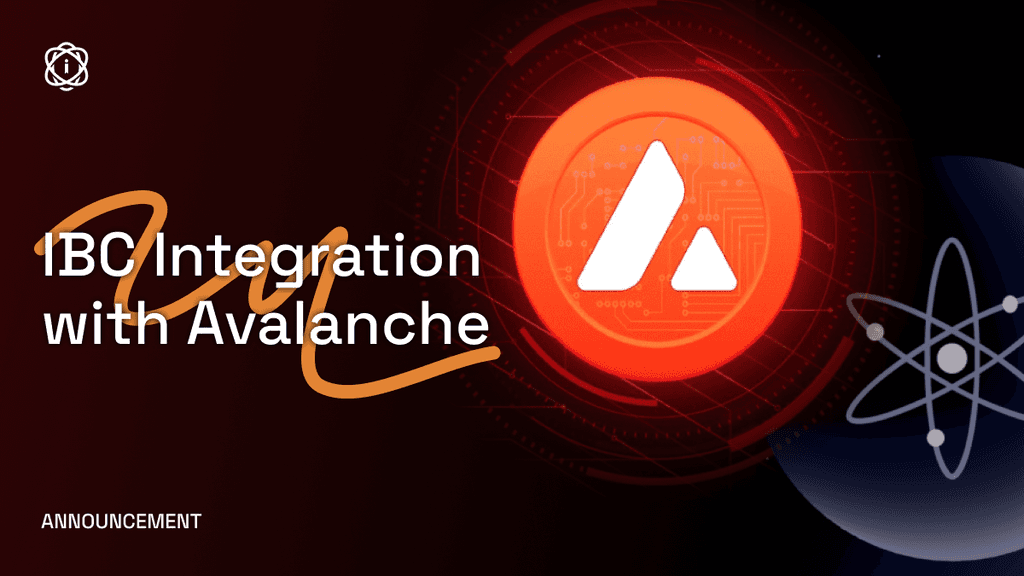Introduction
Avalanche is a decentralized, open-source platform for launching decentralized applications and enterprise blockchain deployments in one interoperable, highly scalable ecosystem. It is the first smart contracts platform that confirms transactions in under one second, supports the entirety of the Ethereum development toolkit, and enables millions of independent validators to participate as full block producers.
Architecture
Avalanche is designed on a highly scalable and efficient consensus protocol, enabling the network to handle thousands of transactions per second. The platform is organized into two main architectural components: the primary network and subnets.
Primary Network
The primary network is the backbone of Avalanche and coordinates validators, keeps track of active subnets, and maintains the AVAX token. It is a special subnet running three blockchains:
- The Platform Chain (P-Chain): Coordinates validators, keeps track of active subnets, and manages the creation of new subnets.
- The Contract Chain (C-Chain): Enables the creation of smart contracts.
- The Exchange Chain (X-Chain): Enables the creation and trading of digital assets.
Subnets
Subnets, or Subnetworks, are sovereign networks that define their own rules regarding membership and token economics. They are composed of a dynamic subset of Avalanche validators working together to achieve consensus on the state of one or more blockchains. Each blockchain is validated by exactly one subnet, while a subnet can validate many blockchains. Subnets offer several advantages:
- Independent Networks: Subnets use virtual machines to specify their own execution logic, determine their own fee regime, maintain their own state, facilitate their own networking, and provide their own security.
- Native Interoperability: Avalanche Warp Messaging enables native cross-subnet communication and allows Virtual Machine (VM) developers to implement arbitrary communication protocols between any two subnets.
- Accommodate Application-Specific Requirements: A subnet could require that validators meet certain hardware requirements so that the application doesn’t suffer from low performance due to slow validators.
- Launch a Network Designed With Compliance In Mind: Avalanche’s Subnet architecture makes regulatory compliance manageable. A subnet may require validators to meet a set of requirements.
- Control The Privacy of On-Chain Data: Subnets are ideal for organizations interested in keeping their information private.
- Validator Sovereignty: The Subnet model enables validators to concern themselves only with blockchain networks they choose to participate in.
AVAX Token
AVAX is the native utility token of Avalanche. It’s a hard-capped, scarce asset that is used to pay for fees, secure the platform through staking, and provide a basic unit of account between the multiple subnets created on Avalanche. AVAX is a capped-supply resource in the Avalanche ecosystem that’s used to power the network. AVAX is used to secure the ecosystem through staking and for day-to-day operations like issuing transactions.
Conclusion
Avalanche is a revolutionary platform that offers a unique blend of high throughput, low latency, and decentralization. Its unique architecture and the AVAX token make it a promising platform for a wide range of applications, from DeFi to enterprise solutions.










